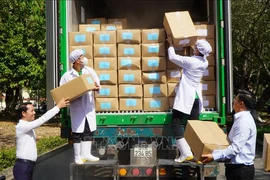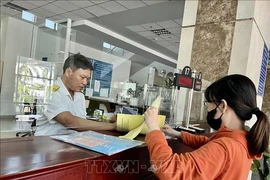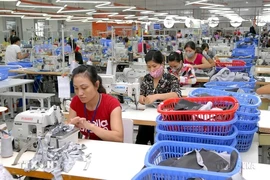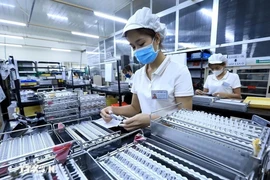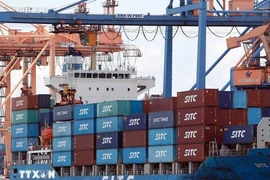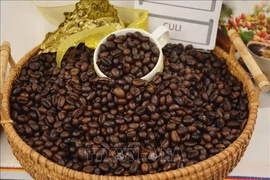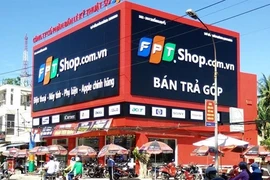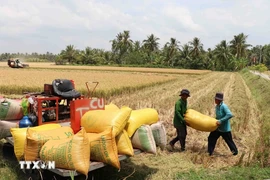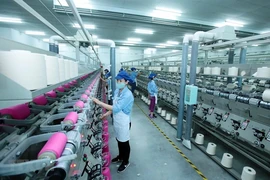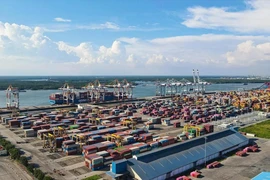Son La stands as the second-largest fruit-growing region in Vietnam.
Among 14 key products identified by the Ministry of Agriculture, Son La boasts 12 available during different seasons.
The province currently exports produce such as bananas, mangoes, tea, and cassava. To boost the value of these products, however, the northern mountainous province is considering a deep processing strategy.
Vietnam has successfully exported agricultural products to more than 200 of the world’s 224 countries and territories.
Key items such as rice, coffee, pepper, cashews, shrimp, catfish, and wood have secured significant market shares worldwide.
To maintain this position, the adoption of a sustainable export model has become imperative.
Despite the progress being made, Vietnam’s agricultural economy still faces challenges due to small-scale operations, resulting in difficulties in controlling supply for export.
There is also a lack of integration across the production, collection, processing, distribution, and consumption stages.
Recognising these shortcomings, relevant ministries have proposed solutions.
In the near future, the Ministry of Industry and Trade, in cooperation with the Ministry of Agriculture and Rural Development, will actively implement measures to enhance production and exports through strengthened links.
Priorities include effectively organising large-scale agriculture production and fostering cooperative models among farmers./.
